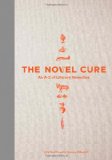Five words from the blurb: plane, crash, survivors, unthinkable, truth
After giving myself permission to read a book which mentioned a plane crash I decided that I might as well go the whole hog and read Alive, a book which gives a detailed account of one. In 1972 a Uraguayan plane crashed into a remote mountainside and the passengers survived in horrendous conditions for 10 weeks before being rescued. Their story is controversial because the only way in which they could stay alive was to eat those who had perished in the initial impact.
Alive was much less disturbing than I imagined. The cannibalism was tactfully described and it didn’t sensationalise the process – instead it clearly showed the difficulty and revulsion the group faced when deciding whether or not they should eat their friends. The overall theme was of survival, showing the difficulties faced by those on the brink and how they were able to utilise their small resources to make their lives more comfortable.
The seventeenth day, October 29, passed quite well for those stranded in the Fairchild. They were still cold, wet, dirty, and hungry, and some were in great pain, but in the last few days a degree of order seemed to have been imposed on the chaos. The teams for cutting, cooking, melting snow, and cleaning the cabin were working well, and the wounded were sleeping a little more comfortably in their hanging beds. More important still, they had started to single out the fittest among them as potential expeditionaries who would master the Andes and get help. Their mood was optimistic.
This book was incredibly well paced. The way it alternated between the view of the survivors on the mountain and those who were searching for them was very effective. It maintained a beautiful tension throughout, despite the fact the reader knows how it ends from the beginning.
My only criticism is that it was difficult to keep track of all the people. The large number of names meant I could not distinguish between many of the survivors and had even less chance of keeping track of all their family members. In many ways this was a positive as it meant I wasn’t emotionally attached to any of them and so maintained an objective distance from their pain and emotional turmoil.
Despite the difficult subject matter Alive was a surprisingly positive book. It showed the strength of the human spirit and the importance of keeping hope alive. It is 40 years since publication, but this book remains as fresh and important as the day it was released. Highly recommended.

.
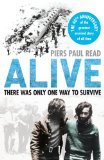

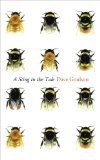

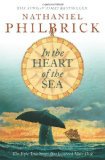


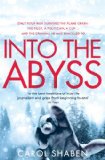


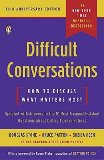
![Difficult Conversations: How to Discuss What Matters Most[ DIFFICULT CONVERSATIONS: HOW TO DISCUSS WHAT MATTERS MOST ] By Stone, Douglas ( Author )Nov-02-2010 Paperback Difficult Conversations: How to Discuss What Matters Most[ DIFFICULT CONVERSATIONS: HOW TO DISCUSS WHAT MATTERS MOST ] By Stone, Douglas ( Author )Nov-02-2010 Paperback](http://images.farmlanebooks.co.uk/418xITrFhmLa_SL160_.jpg)
